The extraoral periapical radiographic technique was performed for both maxillary and mandibular teeth using Newman and Friedman technique2. X ray films hmdali.
We will recommend a periapical x-ray as part of a limited oral evaluation for example if your child happens to be suffering from tooth pain or dental trauma.
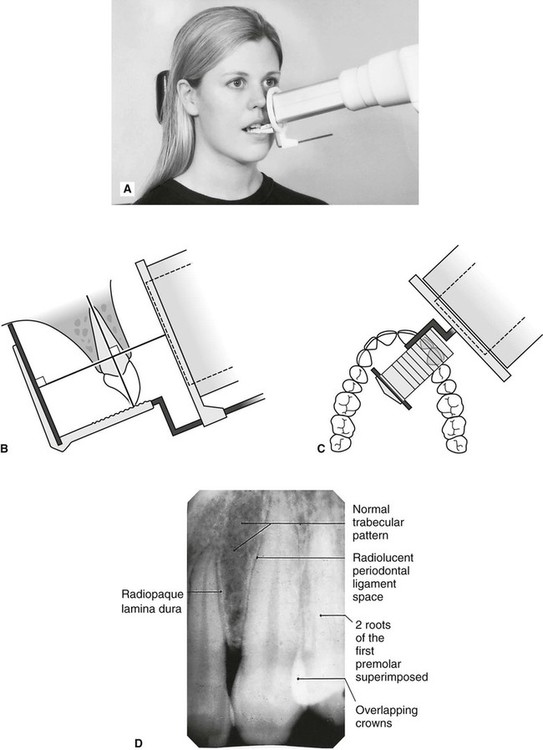
. Paralleling Technique for Periapical X-rays The paralleling technique results in good quality x-rays with a minimum of distortion and is the most reliable technique for taking periapical x-rays. The snap-a-ray is used. These X-rays are used to find dental problems below the gum line or in the jaw such as impacted teeth tooth fractures abscesses tumours and bone changes linked to some diseases.
The patient was positioned upright with hisher mouth was opened as wide as possible to allow the X-ray beam to pass to the sensor unobstructed from the opposite side of the mouth. I Periapical X-ray corroborates the periodontal regeneration in close contact with MTA filling. BISECTING SHORT-CONE PERIAPICAL EXPOSURE TECHNIQUES GENERAL.
The resulting image x-ray is somewhat larger using the short cone rather than using a long cone see figure 4-1. The holder and image receptor are placed in the mouth as follows. The bisecting plane is halfway between the plane of.
With this technique the film is placed parallel to the long axis of a tooth allowing the X-ray to be focused perpendicular to the long axis of the tooth. Once the film is positioned and stable the operator will align the cone of the x-ray unit directing it toward the film and using the ring of the film holder to help guide its position. DENTAL X-RAYS X-rays are produced by boiling off electrons from a filament the cathodeand accelerating the el to the target at the anode.
The accelerated x-rays are decelerated by the target material resulting in bremsstrahlung. For children with small mouths you will need size 0 film. Here is what you can expect during a typical periapical radiograph.
However if the childsmouth is large enough to accommodate size 1 or 2 film and the child is cooperative use the larger size film. Main indications for periapical adiography. This type of x-ray is especially useful for allowing dentists to evaluate the whole tooth and the surrounding bone.
Intraoral periapical radiographs can be produced using two different techniques. A periapical X-ray is a type of intraoral X-ray. When comparing the two periapical techniques the advantages of the bisecting angle technique are.
Package holder film sensor. These are used to minimize your exposure to X-ray radiation. It is a very commonly used diagnostic measure.
The image receptor is placed in a holder and positioned in the mouth parallel to the long axis of the tooth under. The target-film distance is 8 inches. A full mouth series of radiographs images the entire dentition and is generally composed of 20 films including 4 bitewing radiographs and 16 periapical radiographs.
Sometimes we may use it as part of a patient re-evaluation or if a second opinion is required. To take a periapical exposure the hygienist or x-ray technician places a small photosensitive imaging plate coated with phosphorus into a sterile wrapper and inserts it into the patients mouth just like a conventional X-ray film card. The X-ray is taken and the exposed plate is then loaded into a scanner or processor which reads the image.
Periapical film is held parallel to the long axis of the tooth using film-holding instruments. The bisecting-the-angle technique and the more commonly used long cone paralleling technique. A full mouth intraoral examination consists of 14 periapical radiographs with two bite-wing films and provides an image of all teeth and related structures.
It is a type of X-ray that shows the vertices of the teeth and the surrounding structures in a particular intraoral area. The paralleling technique results in good quality x-rays with a minimum of distortion and is the most reliable technique for taking periapical x-rays. The film is placed parallel to the long axis of the tooth in question and the central x-ray beam should be directed perpendicular to the long axis of the tooth.
A short cone is used to take x-rays with bisecting angle exposure techniques. Ensure they are seated high enough so it is easy to see the occlusal. This type of x-ray can be used for any tooth in the mouth and it is mostly used to determine the depth of the decay and if the tooth needs endodontic therapy if there are any.
By using a filmsensor holder with fixed image receptor and. Periapical views are used to record the crowns roots and surrounding bone. Since the slope and curvature of the dental arches and the alveolar processes will not permit the film to be held close to the teeth.
When comparing the two periapical techniques the. Periapical X-rays show the entire tooth from the exposed crown to the end of the root and the bones that support the tooth. You will be asked to hold still while maintaining the correct position.
The mouth at an angle to the long axis of the teeth the film doesnt impinge on the tissues as. Paralleling Technique for Periapical X-rays The paralleling technique results in good quality x-rays with a minimum of distortion and is the most reliable technique for taking periapical x-rays. The X-ray tubehead is then aimed at right angles vertically and horizontally to both the tooth and the image.
Different techniques and instruments are used to drain and decompress large periapical lesions ranging from placing a stainless steel tube into the root canal exhibiting persistent apical exudation 202 204 which is non-surgical decompression to placing polyvinyl or polyethylene tubes through the alveolar mucosa covering the apical lesion which is surgical. Demonstration on how to take periapical x-ray using bisecting angle technique About Press Copyright Contact us Creators Advertise Developers Terms Privacy Policy Safety How. Before an X-ray is performed the technician will outfit you with a lead apron and thyroid collar.
Because the film is placed in. Periapical x-ray is a type of x-ray that shows one to two teeth from their crown to their root and the surrounding bone. Instruction is provided in the use of dent hammers dent balls and barrels mandrels burnishers and other tools of the industry.
The patient is seated upright in the dental chair and should remove any removable dental appliances glasses or jewelry that could interfere with the X-ray beam. For taking periapical radiographs on most adult patients you need size 2 film for posterior areas and size 1 or 2 for anterior areas. Periapical radiographic techniques Periapical radiography is designed to give diagnostic images of the apical portions of teeth and their adjacent tissues.
This means the X-ray film is inserted into the mouth.

Periapical Radiography Pocket Dentistry
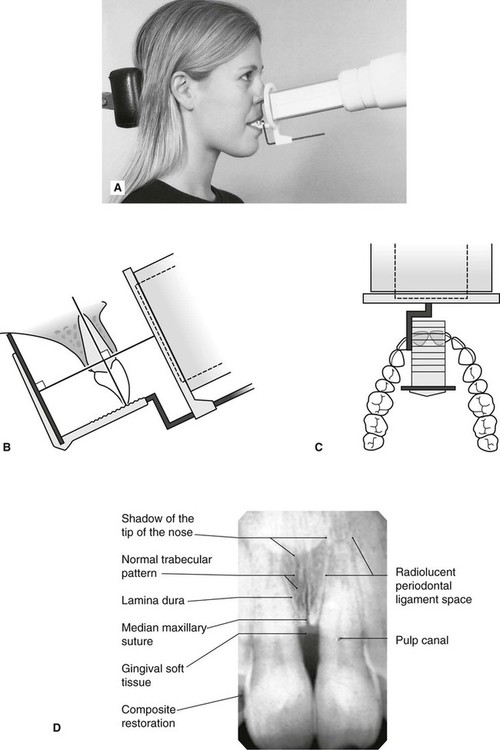
Periapical Radiography Pocket Dentistry

Periapical Radiography Pocket Dentistry
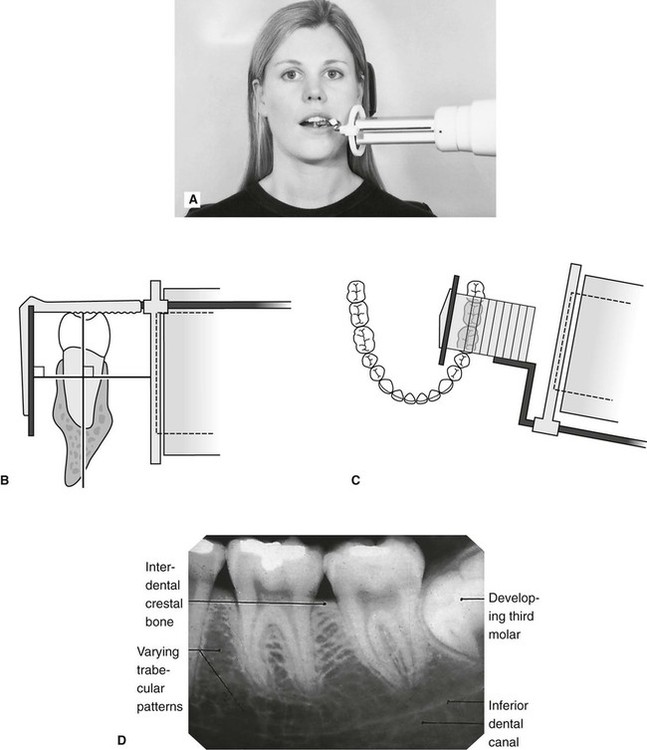
Periapical Radiography Pocket Dentistry
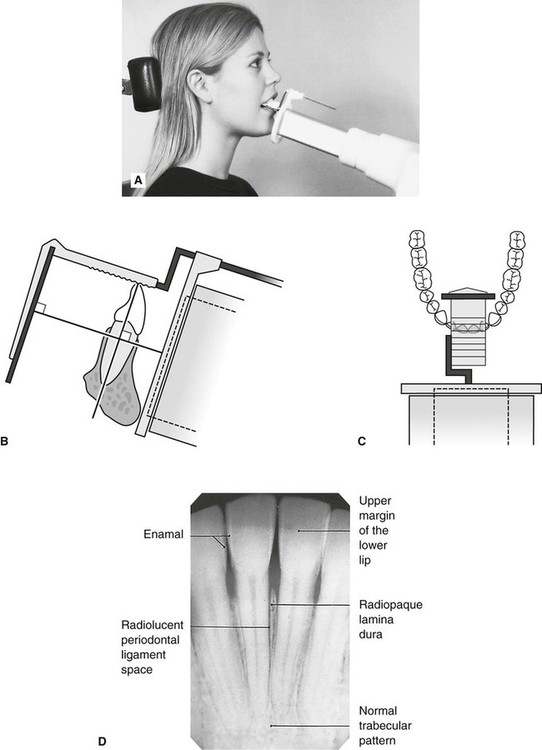
Periapical Radiography Pocket Dentistry

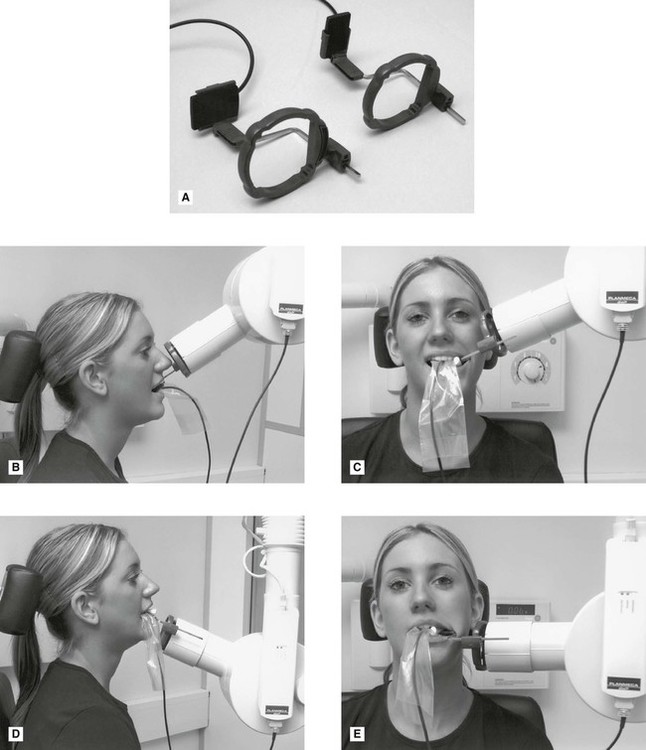

0 comments
Post a Comment